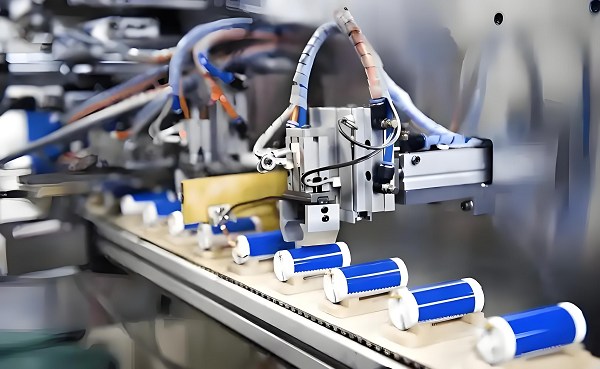Lithium batteries are everywhere in smartphones, electric cars, and even aerospace equipment. Like an "energy heart", they drive the high-speed operation of modern technology. But have you ever wondered why this tiny battery has become a "star" in the energy industry? How does it work? What unknown secrets does it hide? Let's unveil the mystery of lithium batteries together.

Starting from "lithium": the birth and nature of lithium batteries
Lithium is the lightest metal in the periodic table and has extremely active chemical properties. At the end of the 19th century, scientists began to explore the energy storage potential of lithium, but the high activity of lithium easily caused safety problems, and the development of early lithium batteries was difficult. It was not until 1991 that Sony launched the first commercial lithium-ion battery, which truly opened the golden age of lithium batteries.
The core of lithium batteries lies in "ion migration": during the charging and discharging process, lithium ions shuttle back and forth between the positive and negative electrodes. When charging, lithium ions "de-intercalate" from the positive electrode and embed into the negative electrode through the electrolyte; when discharging, lithium ions move in the opposite direction to generate current. This process does not require the direct participation of metallic lithium, which greatly improves safety and cycle life.
A hundred flowers bloom: "family members" of lithium batteries
Lithium batteries are not a single technology, but a huge family. Common lithium-ion batteries can be divided into lithium cobalt oxide, lithium manganese oxide, lithium iron phosphate and ternary lithium batteries. Lithium cobalt oxide batteries have high energy density and are often used in mobile phones and laptops; lithium iron phosphate batteries have strong safety and long life, making them the "favorites" of electric vehicles and energy storage power stations; ternary lithium batteries take into account both energy density and low-temperature performance and are widely used in high-end new energy vehicles.
In addition, new types of batteries such as solid-state lithium batteries and lithium-sulfur batteries have also been developing rapidly in recent years. Solid-state batteries use solid electrolytes instead of electrolytes to further improve safety and energy density, and are regarded as the "hope star" of the next generation of battery technology.
Changing the world: the "energy empire" of lithium batteries
The influence of lithium batteries is far beyond our imagination. In the field of consumer electronics, it makes mobile phones and tablets thinner and longer-lasting; in the field of transportation, electric vehicles get rid of "mileage anxiety" because of lithium batteries, accelerating global energy transformation; in the field of energy storage, lithium battery energy storage systems can balance the supply and demand of the power grid, allowing clean energy such as wind and solar energy to "stable output". Even in extreme environments such as aerospace and deep-sea exploration, lithium batteries play a key role.
Challenges and Future: The "Evolutionary Path" of Lithium Batteries
Despite the remarkable achievements, lithium batteries still face many challenges. Resource scarcity is a major problem - lithium ore reserves are limited and mainly concentrated in a few countries, and price fluctuations affect industrial development. At the same time, how to further improve energy density, reduce costs, and solve battery recycling problems has also become the focus of scientific researchers.
In the future, lithium batteries may evolve towards higher energy density, safety, and environmental protection. For example, technologies such as silicon-carbon negative electrode materials and lithium metal batteries are expected to break through existing bottlenecks; intelligent battery management systems will achieve more accurate charge and discharge control; and a complete battery recycling system will enable the lithium battery industry to form a green closed loop.
From innovation in the laboratory to the technological revolution that changes human lifestyles, the story of lithium batteries continues. Perhaps in the near future, a small battery will completely reshape our energy landscape and make the dream of "unlimited endurance" a reality.



